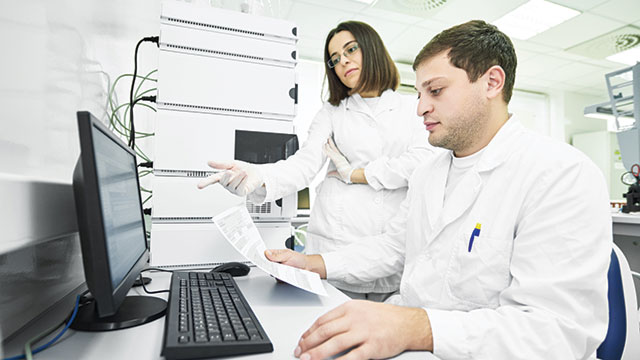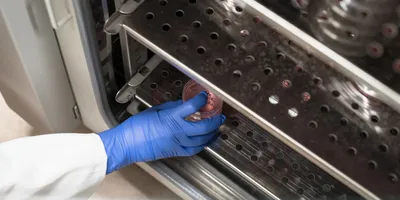
With many laboratories experiencing funding challenges, and with a large portion of those funds typically devoted to instruments, it’s no wonder that buying pre-owned equipment has become a popular option for certain labs—particularly start-ups and university labs. A wide range of instruments, including microscopes, thermocyclers, and flow cytometers, can be bought used.
According to Anthony Van Divner, head of sales and business development at BioSurplus (San Diego, CA), and Roger Gallo, CEO and president of EquipNet (Canton, MA), one of the most popular types of used instruments among their customers is a chromatography system.
“Chromatography instruments such as HPLCs and GCs are in constant demand,” says Gallo. “If a dedicated research site doesn’t have an immediate need for one, they may still buy one as a backup unit to be installed in the future or for parts in case their running system goes down.” The popularity of these systems may be attributed to the fact that chromatography is performed in both R&D and quality control settings for a wide variety of industries.
The cost savings on a used chromatography system can be as much as 50 to 75 percent versus buying the same instru- ment new, says Van Divner. “Most of the customers we deal with take the opportunity for cost savings rather than buying [chromatography systems] new from the manufacturer.”
Related Article: Selecting an HPLC or UHPLC System for Your Lab
Aside from the cost savings, Gallo notes that another key advantage to purchasing pre-owned chromatography equipment is the lead time for delivery. “Once a sale is consummated and payment has been collected, EquipNet will coordinate the earliest possible shipping or collection date, which would shave weeks, sometimes months, off the lead time promised by OEMs.” This speed is advanta- geous for buyers who require the instrument immediately in order to keep their site’s production afloat.
For BioSurplus, used chromatography systems are sourced primarily from working labs, including large pharma and biotech labs that have recently upgraded to the latest generation of instruments. “We really prioritize taking equipment out of working labs because that’s where you have the best bet of getting quality equipment for the next end user,” says Reid Hjalmarson, director of marketing at BioSurplus. For its part, EquipNet’s chromatography equipment comes from exclusive contracts with multinational corporations, regional manufacturers, testing laboratories, clinical labs, and universities, says Gallo.
Lab Management Certificate
The Lab Management certificate is more than training—it’s a professional advantage.
Gain critical skills and IACET-approved CEUs that make a measurable difference.
Before buying a piece of used chromatography equipment, there are several questions that customers should ask. When purchasing a gas chromatograph, Gallo recommends that customers make the following inquiries: Which type of inlets does it have? Which type of detectors does it have? Does it include software? For a liquid chromatograph, he suggests customers ask whether the solvent pump is isocratic, binary, or quaternary; whether multi-wavelength, ultraviolet visible, diode array, or fluorescence detectors are included; and whether software is included and, if so, which software revisions are needed. And they should inquire about the configuration.
Van Divner adds that the first question he believes customers should ask before purchasing a pre-owned chromatography instrument is how old it is. He also advises customers to get the serial numbers of all the components and to find out whether the instrument comes with soft- ware. Another useful question to ask, according to Hjalmar- son, is whether the system is under a current performance maintenance plan, which can give the buyer confidence that the system has been properly maintained over time.










